
This 100-page teaching guide, prepared by the Zinn Education Project for middle school, high school, and college classrooms, enhances student understanding of the issues raised in the award-winning film, The Most Dangerous Man in America: Daniel Ellsberg and the Pentagon Papers.
The film and teaching guide are ideal resources for students trying to understand the news about WikiLeaks today. Through the story of Daniel Ellsberg, students can explore the type of information revealed by whistleblowers, the risks and motivations of whistleblowers, and the tactics used to silence whistleblowers. Daniel Ellsberg said: “EVERY attack now made on WikiLeaks and Julian Assange was made against me and the release of the Pentagon Papers at the time.”
Not only does Teaching the Vietnam War: Beyond the Headlines offer a “people’s history” approach to learning about whistleblowing and the U.S. war in Vietnam, it also engages students in thinking deeply about their own responsibility as truth-tellers and peacemakers. In the spirit of Howard Zinn, this teaching guide explodes historical myths and focuses on the efforts of people — like Daniel Ellsberg — who worked to end war.
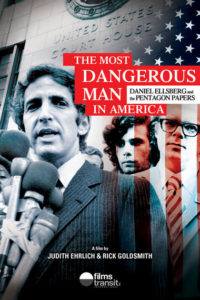 The teaching guide offers an introduction, resource guide, and eight lessons for U.S. history, government, and language arts classrooms. The guide uses a variety of teaching strategies, including role play, critical reading, discussion, mock trial, imaginative writing, small group work, and personal narrative.
The teaching guide offers an introduction, resource guide, and eight lessons for U.S. history, government, and language arts classrooms. The guide uses a variety of teaching strategies, including role play, critical reading, discussion, mock trial, imaginative writing, small group work, and personal narrative.
Contents
- Lesson One: “What Do We Know About the Vietnam War? Forming Essential Questions” helps the teacher assess what students already know or think they know and surfaces essential questions that can be referenced while viewing the film.
- Lesson Two: “Rethinking the Teaching of the Vietnam War” and Lesson Three: “Questioning the Gulf of Tonkin Resolution” introduce the history of the Vietnam War that Daniel Ellsberg and Anthony Russo sought to make public with the Pentagon Papers and is still missing from most textbooks.
- Lesson Four: “The Most Dangerous Man in America Reception” prepares students for the people, themes, events, and issues that are in The Most Dangerous Man in America through film through a simulated reception with close to 30 characters.
- Lesson Five: “Film Writing and Discussion Questions” provides a wealth of discussion questions and writing prompts.
- Lesson Six: “The Trial of Daniel Ellsberg” is a mock trial that invites students to determine what precedent might have been set with the trial of Ellsberg and Russo if the case had not been dismissed.
- Lesson Seven: “Blowing the Whistle: Personal Writing” provides students with an opportunity to explore the ways they themselves regularly make important choices about whether or not to resist injustice or remain silent.
- Lesson Eight: “Choices, Actions and Alternatives” helps students explore how human agency shapes history. Using the choice points of the Vietnam War, students can recognize the important consequences of decisions and actions by people in history and how they can be agents who can co-shape their world today.
While it would be ideal to use all the lessons, each lesson is a stand-alone activity.
Credits
The guide was developed by the Zinn Education Project in collaboration with The Most Dangerous Man in America filmmakers Judith Ehrlich and Rick Goldsmith. Written and edited by Bill Bigelow, Sylvia McGauley, Tom McKenna, Hyung Nam, and Julie Treick O’Neill. Funding for the guide provided by the Open Society Foundations.
Related Resources
- Daniel Ellsberg Warns Risk of Nuclear War Is Rising as Tension Mounts over Ukraine & Taiwan on Democracy Now! (May 1, 2023)
- Interview with Daniel Ellsberg on Democracy Now! about WikiLeaks (October 22, 2010)
- Interview with Daniel Ellsberg and others on Democracy Now! about WikiLeaks Cablegate (November 29, 2010)
- Interview with Daniel Ellsberg on The Colbert Report, part of an 8-minute segment on WikiLeaks
- Essays About the Vietnam War by Roger Peace, John Marciano, Jeremy Kuzmarov, and other contributors from Peace History
- Beautiful Souls: The Courage and Conscience of Ordinary People in Extraordinary Times. Book exploring what compels ordinary people to defy the sway of authority and convention for the greater good
- Beautiful Souls: Eyal Press on the Whistleblowers Who Risk All to “Heed the Voice of Conscience.” (March 9, 2012) Interview on Democracy Now!
More resources are listed in the free downloadable teaching guide.
Classroom Stories
I love all of the Zinn Education Project lessons that I have used in the classroom. They are a hit every time. Students have been able to connect with the subject matter at a deeper level and make connections to their current lives.
But my favorites are the Teaching the Vietnam War: Beyond the Headlines lessons. These are rich and thought-provoking. The best part of teaching them, for me, is at the end when students are challenged to think about how they too can advocate for social justice and add their voice to a cause worth fighting.
I’ve never seen a less that upholds and promotes diversity in the classroom as much as this one, Teaching the Vietnam War, allowing students to work individually and in groups to understand the people affected by war. —Hernán Eaves Cuéllar, high school social studies teacher, Portland, OR
We showed the The Most Dangerous Man film in our American Studies class as the ending to our introductory unit on “How we know what we know.” The course is thematic, and so we start our study by reading several different case studies throughout U.S. history and discuss how facts are ascertained and used in history. Questions like “what is truth?” dominate our discussion.
We watched the film along with our reading of Plato’s “Allegory of the Cave.” As a result, we used Dan Ellsberg’s journey from Vietnam War architect to peace activist as an illustration of the prisoners in the cave watching the shadows and then being lifted up to the light. The kids found Ellsberg’s journey to be both compelling and moving in that light. We centered our discussion on the main points of the journey of an educated person as laid out by Plato. We asked them the question as to what one’s responsibility is when they see “the light” with regard to helping others see as well or to simply go about their lives.
The discussion among the class was compelling. It was clear to them why people would choose to do nothing (i.e. Senator Fulbright), but it was equally compelling to see Ellsberg’s example of risking jail to do the right thing. What an amazing discussion!


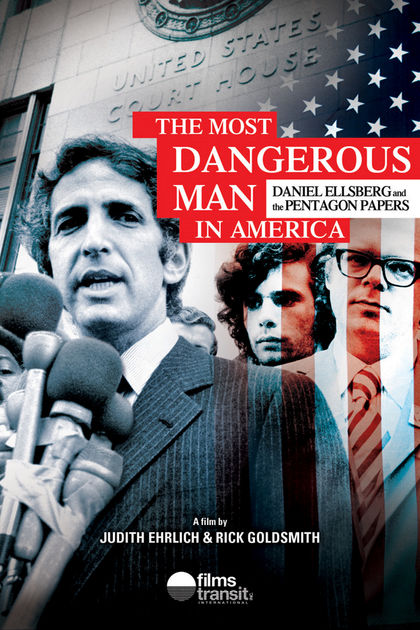
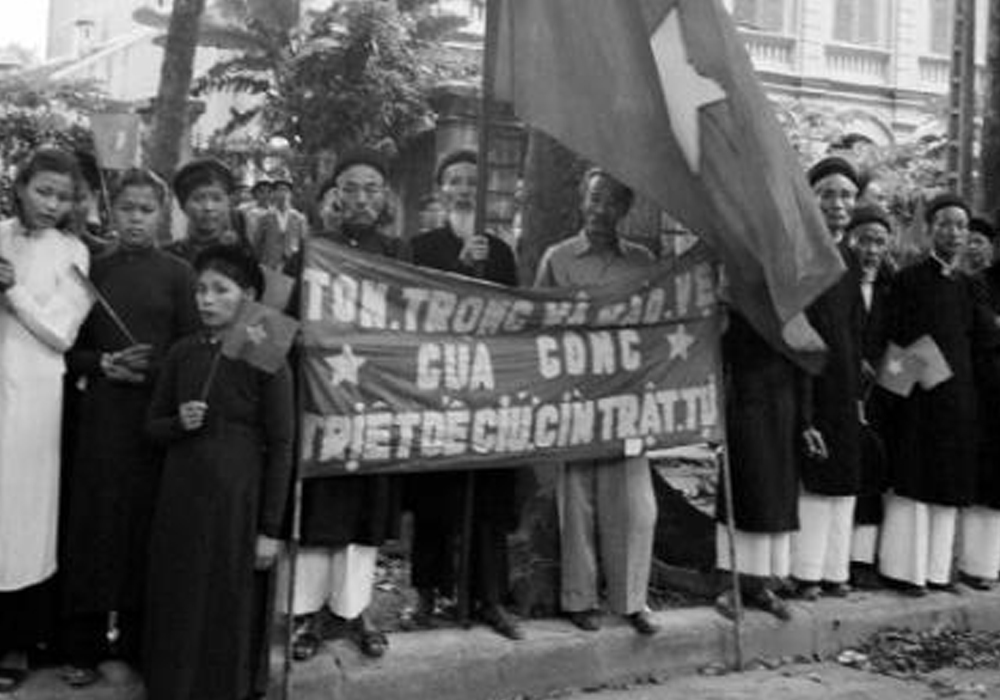

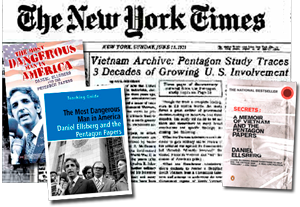
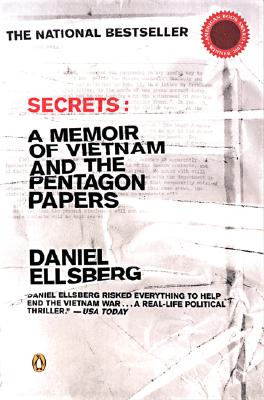
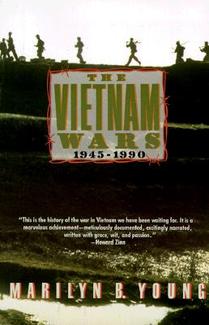
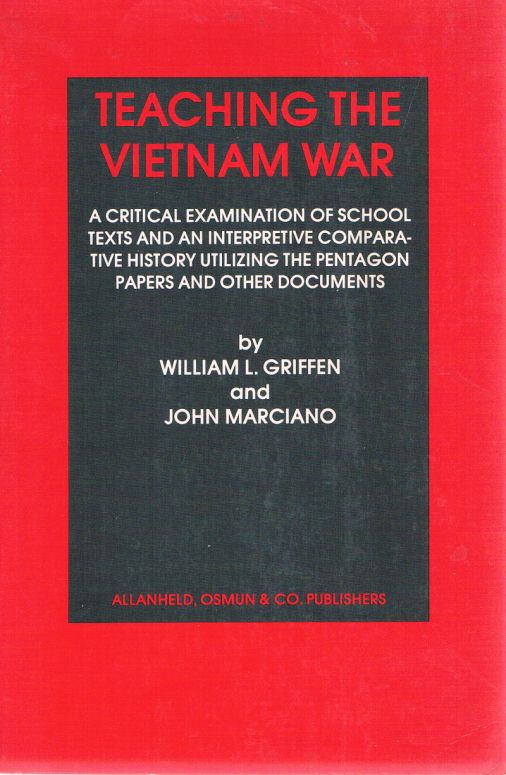
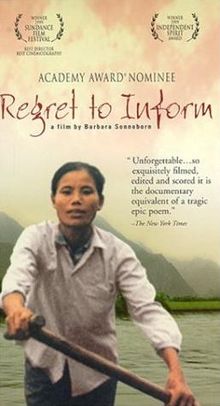
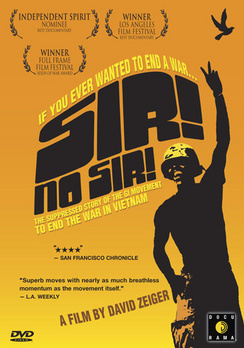
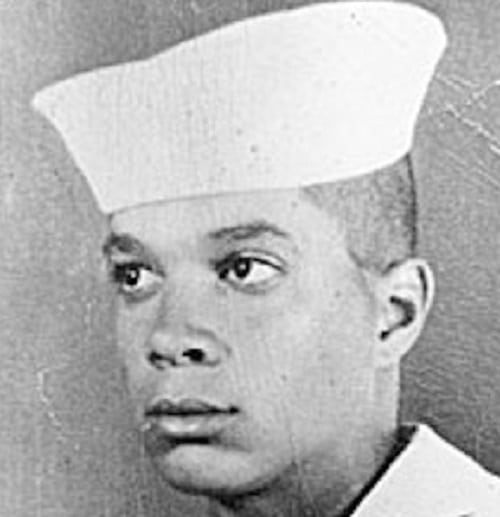
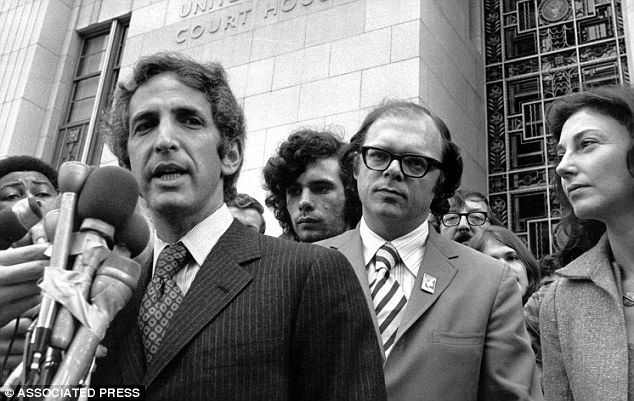
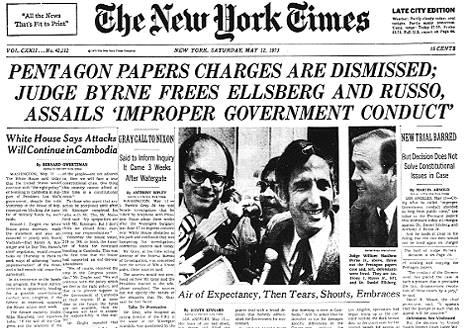






The lessons are so rich and though provoking. The best part for me is at the end when students are challenged to think about how they too can advocate for social justice and share their voice to a cause worth fighting. —Chris Peterson, high school social studies teacher, Minneapolis, MN
I’ve never seen a plan that upholds and promotes diversity in the classroom as much as this one, allowing students to work individually and in groups to understand the people affected by war. —Hernán Eaves Cuéllar, high school social studies teacher, Portland, OR
Thank you for your considerable contribution in helping students understand the true history of the Vietnam war!
There is no way to Peace. Peace is the way.
“la lutte continue” (“the struggle continues”)
Thank you for your work.
I gave several excerpts from the Most Dangerous Man curriculum to one of my students for her National History Day project. She was interested generally in the Vietnam War, and after talking with me about this awesome topic I’d read about lately (looking at this curriculum on the Zinn Project website), she decided to research Daniel Ellsberg’s story for History Day. She found the curriculum to be an invaluable source, a great starting point for her research.
As a peace activist, since the 60s, and now a peace advocate and educator, I have witnessed much of modern history first hand. I have also hungered for the facts, which so often are not forthcoming. The Pentagon Papers was the work of one of histories foremost whistle blowers. Daniel Ellsberg helped bring about the end of the Viet Nam insurgency. His courage opened up a new reality for many, that what we are told by the government, may or may not resemble the truth.
Historically, it is never too late for the truth to come out. If we have any chance of not repeating history, it will be because of what we have learned from history!
There were no protective agencies at the time Daniel Ellsberg blew the whistle. We can learn from him not only the truth, but the courage of one man, to stand up and do the right thing.
I brought this film and teaching guide up to a class of soon to be social studies teachers and they didn’t know what the Pentagon Papers were, nor who Daniel Ellsberg is — we have our work cut out for us!
We showed the film in our American Studies class as the ending to our introductory unit on “How we know what we know.” The course is thematic, and so we start our study by reading several different case studies throughout US history and discuss how facts are ascertained and used in history. Questions like “what is truth?” dominate our discussion. We watched the film along with our reading of Plato’s “Allegory of the Cave.” As a result, we used Dan Ellsberg’s journey from Vietnam War architect to peace activist as an illustration of the prisoners in the cave watching the shadows and then being lifted up to the light. The kids found Ellsberg’s journey to be both compelling and moving in that light. We centered our discussion on the main points of the journey of an educated person as laid out by Plato. We asked them the question as to what one’s responsibility is when they see “the light” with regard to helping others see as well or to simply go about their lives. The discussion among the class was compelling. It was clear to them why people would choose to do nothing (i.e. Senator Fulbright), but it was equally compelling to see Ellsberg’s example of risking jail to do the right thing. What an amazing discussion!